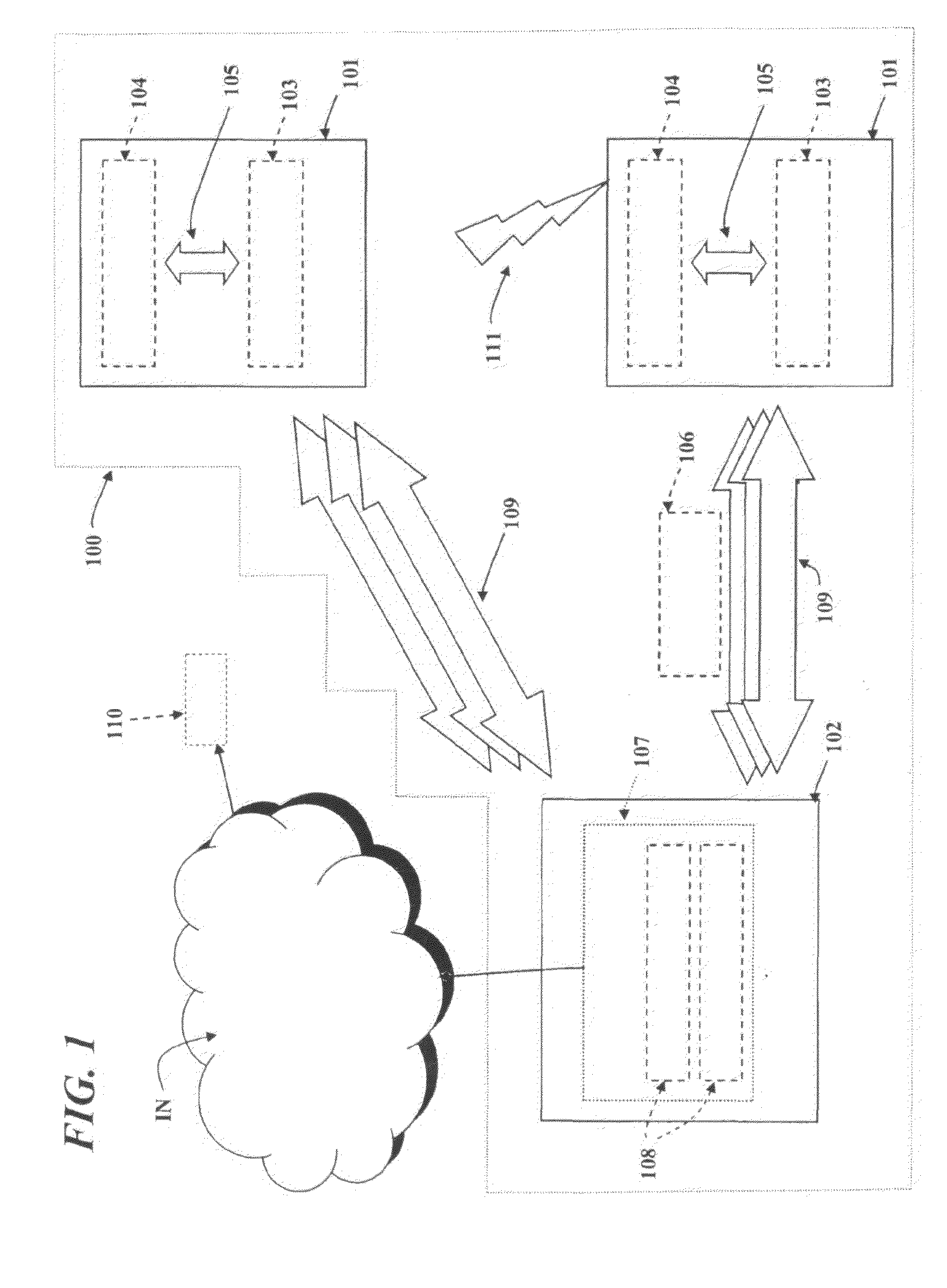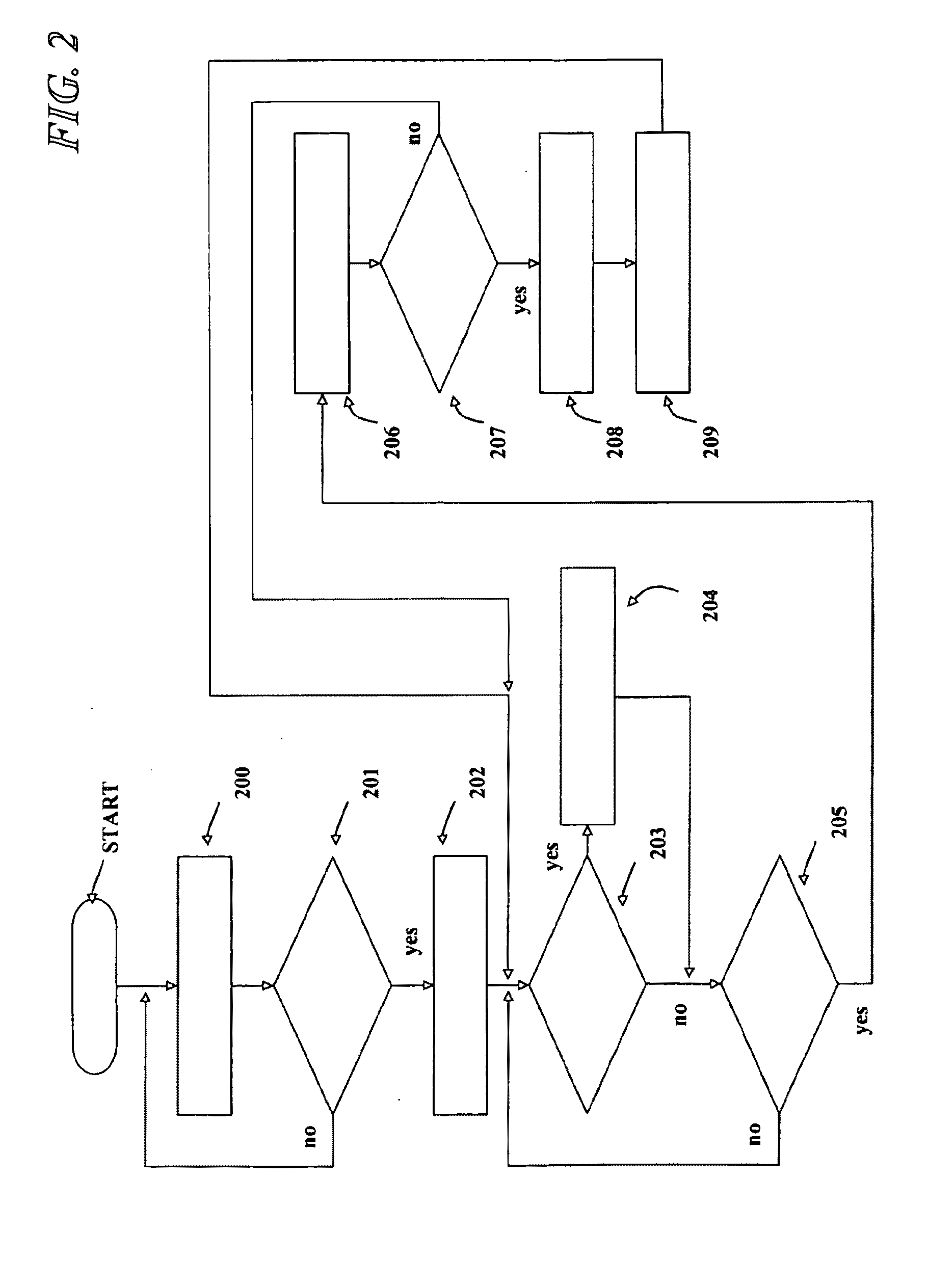Method and System for Mobile Network Security, Related Network and Computer Program Product
a mobile network and network security technology, applied in the field of mobile network security, can solve the problems of ineffective against, anti-virus solutions, and conventional security measures cannot provide adequate protection, and achieve the effect of optimizing the scan process and reducing the overhead associated
- Summary
- Abstract
- Description
- Claims
- Application Information
AI Technical Summary
Benefits of technology
Problems solved by technology
Method used
Image
Examples
Embodiment Construction
[0048]FIG. 1 shows an exemplary architecture of a Mobile Client Honeypot (MCH) 100.
[0049]The honeypot 100 described herein is suitable for use in the context in any type of mobile communication network, both in the form of a stand-alone module and in the form of a module or component that co-operates with other modules or components in protecting a mobile communication network against malware.
[0050]The honeypot 100 includes one or more mobile devices or terminals 101 (e.g. cellphones or the like, possibly supporting an external Bluetooth™ or other short range connection 111), operatively connected to the mobile communication network, and a computer host 102. Each mobile device 101 is connected to the host 102 using one or more channels 109. These channels may be based on various technologies, such as Bluetooth™, USB, GPRS, WiMax or Wi-Fi depending on the capabilities of the mobile device 101.
[0051]Two software components are installed in the mobile device 101: a controller 103 and a...
PUM
 Login to View More
Login to View More Abstract
Description
Claims
Application Information
 Login to View More
Login to View More - R&D
- Intellectual Property
- Life Sciences
- Materials
- Tech Scout
- Unparalleled Data Quality
- Higher Quality Content
- 60% Fewer Hallucinations
Browse by: Latest US Patents, China's latest patents, Technical Efficacy Thesaurus, Application Domain, Technology Topic, Popular Technical Reports.
© 2025 PatSnap. All rights reserved.Legal|Privacy policy|Modern Slavery Act Transparency Statement|Sitemap|About US| Contact US: help@patsnap.com



